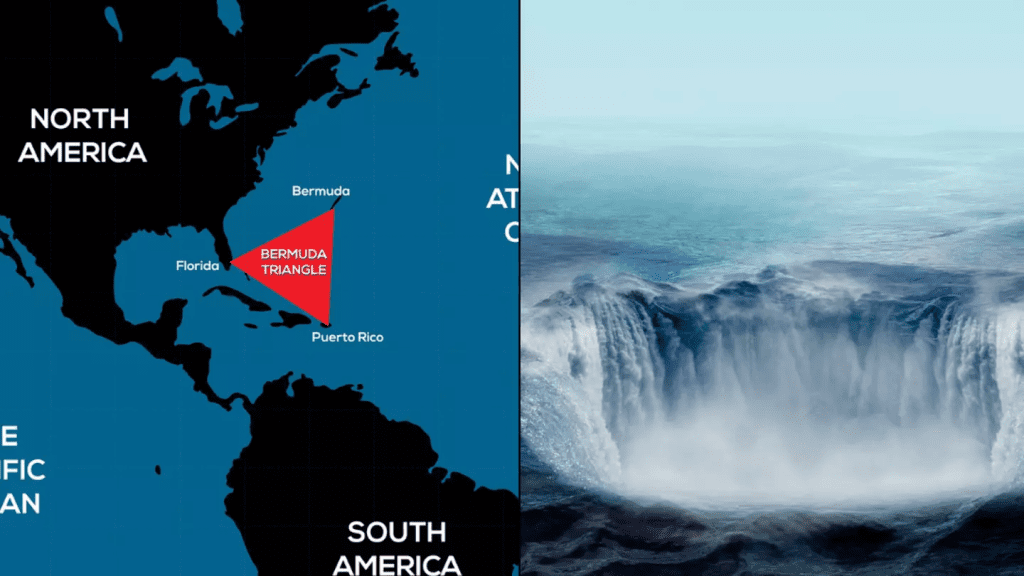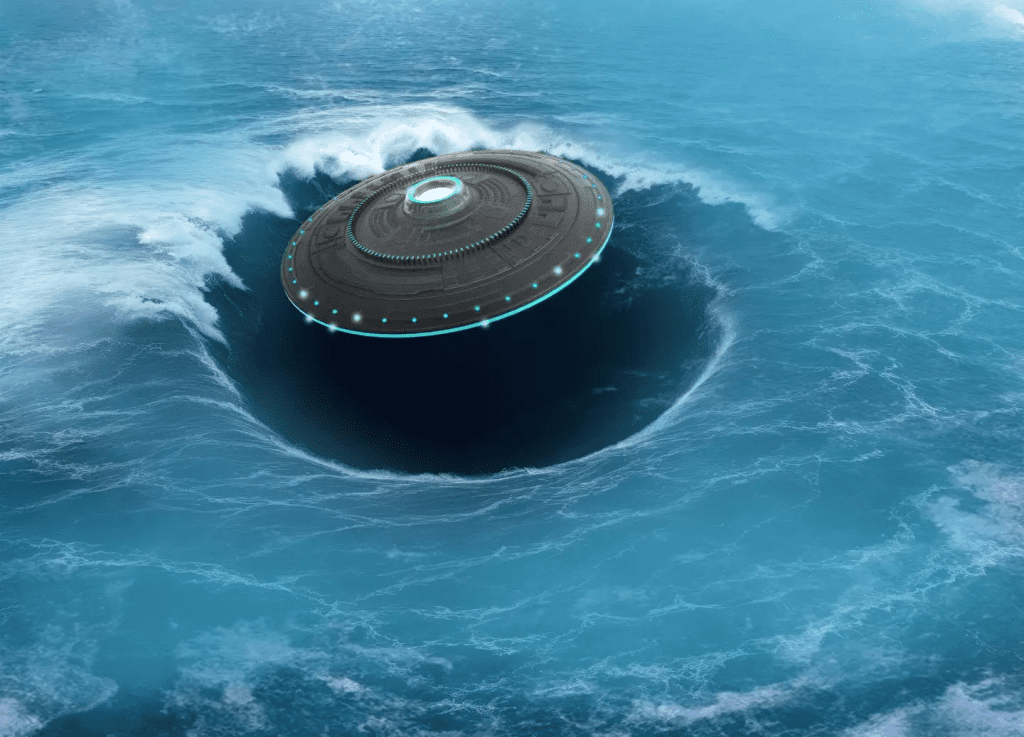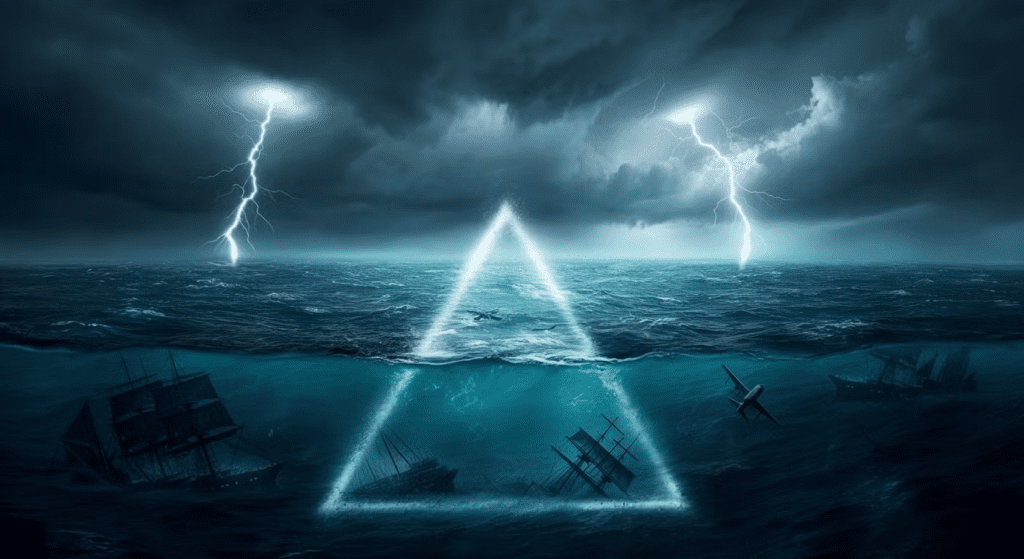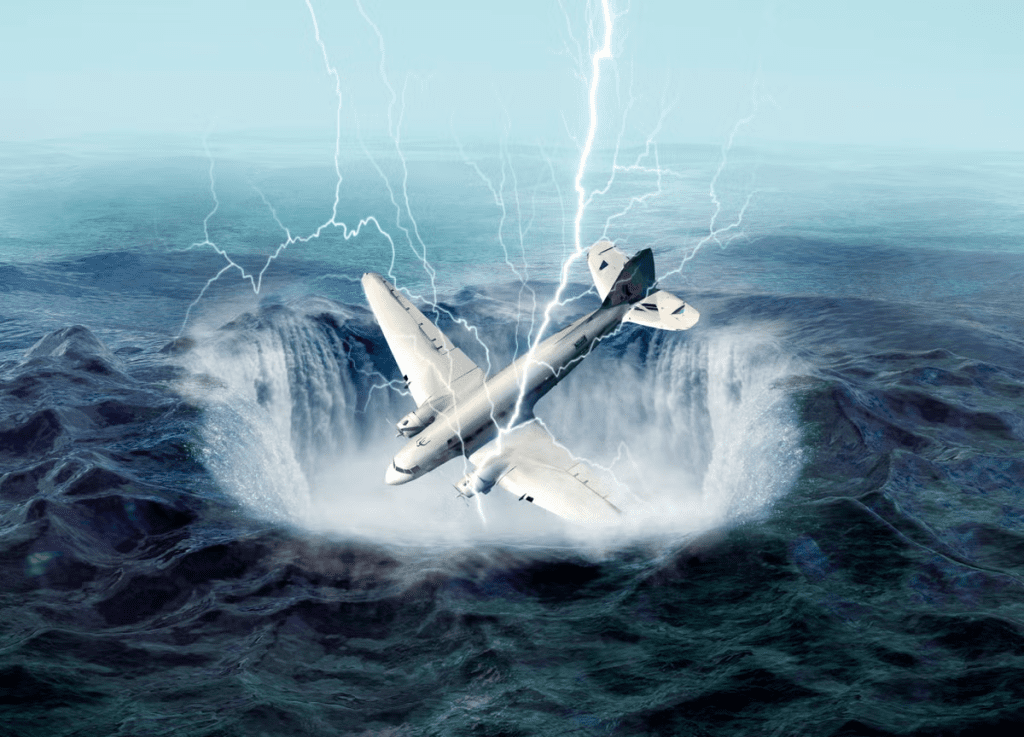
The Bermuda Triangle, a mysterious region in the North Atlantic Ocean, has long been the subject of intrigue and fear. Spanning the area between Florida, Bermuda, and Puerto Rico, this stretch of water is infamous for a variety of urban legends. These tales often paint the Bermuda Triangle as a place where the usual rules of the sea don’t seem to apply, fueling theories about time vortexes, alien encounters, and even wormholes.
Over the years, these myths have been bolstered by the disappearance of numerous ships and airplanes, including the notorious cases of the USS Cyclops in 1918, the loss of Flight 19 in 1945, and the vanishing of a Douglas DST airliner in 1948. As a result, the Bermuda Triangle has remained a subject of both fascination and fear.
Is the Bermuda Triangle Actually Dangerous?
The Bermuda Triangle has captured the public’s imagination, often portrayed in popular culture as a hazardous and enigmatic place. Many have wondered: is it truly a dangerous region, or are these just exaggerated myths? Despite the many theories surrounding the area, the reality is more grounded than the myths would suggest.

Scientists Finally Offer an Explanation
After years of speculation, scientists have started to provide more plausible explanations for the strange disappearances. One such theory is that the Bermuda Triangle’s dangerous reputation may be linked to the phenomenon of rogue waves. According to Simon Boxall, an oceanographer at the University of Southampton, rogue waves are massive, unpredictable waves that can rise up to twice the size of surrounding waves. In a recent Channel 5 documentary titled The Bermuda Triangle Enigma, Boxall explained that storms from the north and south, combined with those from Florida, could create the perfect conditions for rogue waves to form.
“These waves are formed when storms converge,” Boxall said. “If you have additional storms from Florida, it can create a deadly situation.”

Rogue waves aren’t the only explanation, however. Other researchers have proposed that the Gulf Stream, a powerful ocean current, might contribute to the phenomena, causing ships and planes to drift off course unexpectedly. Another theory, presented by mineral prospector Nick Hutchings, suggests that underwater volcanic activity may play a role. Hutchings believes the Bermuda area is an ancient sea mountain, and that minerals like magnetite found in the region’s core samples could create magnetic anomalies that interfere with navigation.
Meanwhile, Australian scientist Karl Kruszelnicki suggests a simpler explanation: bad weather combined with human error. According to Kruszelnicki, many of the incidents attributed to the Bermuda Triangle can be explained by the challenges of navigating through unpredictable weather conditions, coupled with mistakes made by those at the helm.

A More Grounded Approach
While the Bermuda Triangle will likely continue to be a source of fascination for many, the scientific community is offering more practical and rational explanations for the events that have occurred in the region. So, if you’re still curious about the mysteries of the Bermuda Triangle, it might be worth taking a trip to the area – just be sure to stay prepared for the unpredictable weather and rough seas.
In the end, while the Bermuda Triangle’s history may seem mysterious, the science behind the theories is helping to shed light on the phenomenon, replacing myth with explanation.


